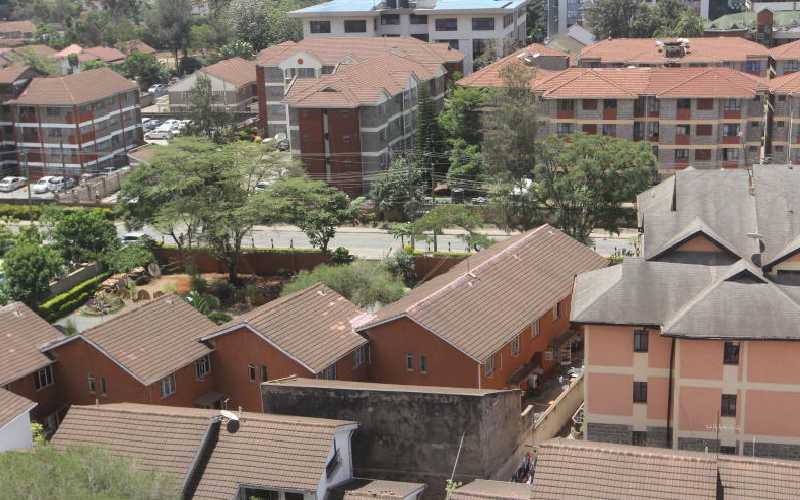
Kilimani residential and office blocks.[Jenipher Wahie,Standard]
Over the past few weeks, there have been clips circulating on social media arguing for a case to limit the right to vote only to persons who pay income tax. In another case, somebody argued that the middle class constituency has betrayed their country the most. This is because this constituency of voters is presumed to include a group of fairly well informed and exposed people. Nonetheless, this class has failed to shape the political agenda, debate and opinion like in other developed countries.